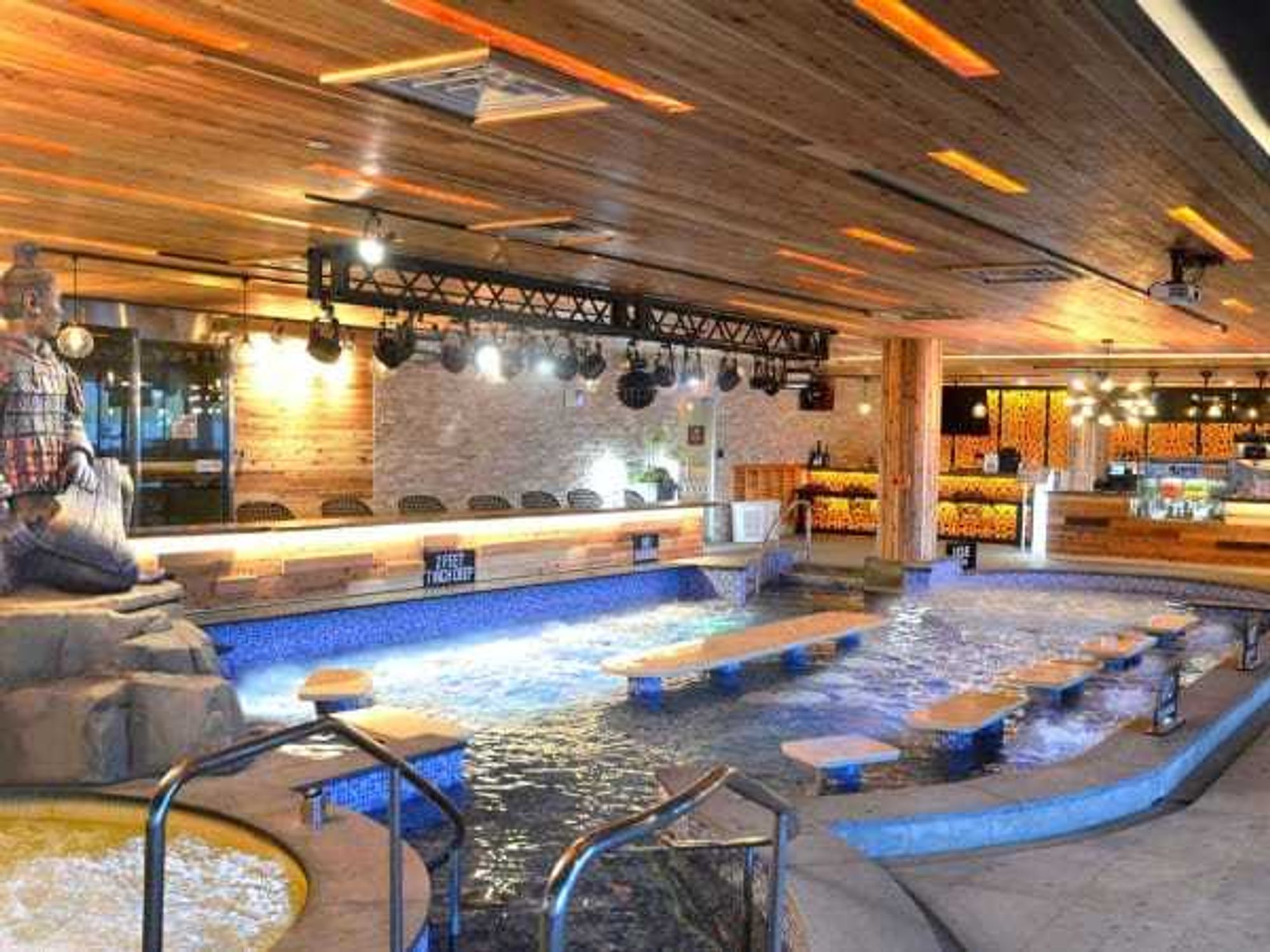Saving Downtown Dallas
Preservation task force convenes to save the face of downtown Dallas
Following the destruction of a century-old building in downtown Dallas, a task force is brainstorming a plan to make sure it doesn't happen again. Led by Landmark Commission chair Katherine Seale, the task force includes urban planners, developers and property owners who are crafting a list of recommendations for the city to balance preservation with development.
The group formed after a three-story 19th-century Romanesque Revival building at 1611 Main St. was knocked down in September 2014 by developer Tim Headington, owner of The Joule hotel and other projects in the Central Business District. A public outcry ensued, spurring Mayor Mike Rawlings and Dallas City Council member Philip Kingston to seek ways to preserve the core.
The task force believes that downtown reflects a "valuable and irreplaceable truth about Dallas," and citizens need to have a role in shaping its development.
The task force has met weekly since mid-January. It includes developers Larry Hamilton, Mitch Paradise, Jack Matthews and Scott Remphrey; urban planners such as Brian Keith, Connie Cooper and Brian Adams; and David Preziosi, executive director of Preservation Dallas.
At the meeting on February 4, they turned their focus away from individual buildings — some of which may not be historical but should still be preserved — to the overall "streetscape" and its urban fabric.
They started with some big statements: that downtown reflects a "valuable and irreplaceable truth about Dallas," that citizens need to be involved, and that it was key to minimize friction between two necessary groups: developers and preservationists.
For reference, they looked at conservation programs by four cities, including Austin; Baltimore; and Charleston, South Carolina. Some of the devices used by other cities seemed doable for Dallas, such as parking incentives; nearly all the other cities used tax exemptions of some kind.
Getting buildings to qualify for the National Register of Historic Places and then petitioning for tax credits is fine but possibly short-term, they said, because a designation can go away after a property is sold. The majority of historic buildings in downtown Dallas are not on the National Register — not even popular landmarks such as the Wilson Building.
And as Seale pointed out, the National Register isn't everything. Some two- and three-story buildings that wouldn't make it onto the National Register might still be worth saving. Some of those buildings exist in the parcels of land recently purchased by the Belo Foundation, which intends to create another desolate park just a block or two from the Main Street Garden Park.
"I wonder if there's a way for the city to encourage the private sector to incorporate older structures like that into their development plans," she said.
The value of the buildings Headington razed lay not only in their antiquity and cool facades, but also in the contribution they made to the urban fabric of the street. If some of those facades had been retained, it might have lessened the damaging impact to the street. The group agreed that future preservation efforts should shift away from individual buildings and focus on urban fabric.
"New developments built from scratch try to duplicate the kinds of storefronts you find in downtown areas, and Dallas has the real thing," said Larry Hamilton.
Unfortunately, Dallas doesn't make it easy for developers, with a code department that subjects the little guy to endless, seemingly punitive requirements. Remphrey recalled the hoops he was forced to jump through while trying to renovate a building on Elm Street. "If a stairwell is six inches off code, the city won't allow it," he said.
Someone suggested the idea of creating an amendment in the Dallas building code for historical buildings. Another said the preservation efforts should include the Office of Economic Development and the Park Department.
The task force will gather for a few more meetings including one on February 11 at 8:30 am and compile its recommendations.
Reinforcing the value of preservation, Seale recalled a conversation she had with developer Monte Anderson, who saw his $6 million investment in the Hotel Belmont initially drop to $3 million before it surged back and doubled.
"The highest and best use at the time may have been a RaceTrak, but that would not have stimulated the area like the Belmont did," Seale said. "That's the power of preservation."

 Spa Castle is revealing renovations. Photo courtesy of Spa Castle
Spa Castle is revealing renovations. Photo courtesy of Spa Castle